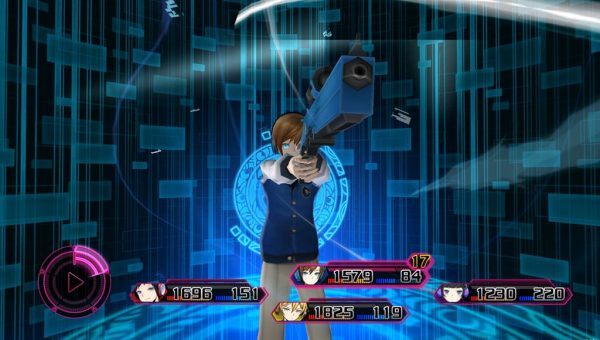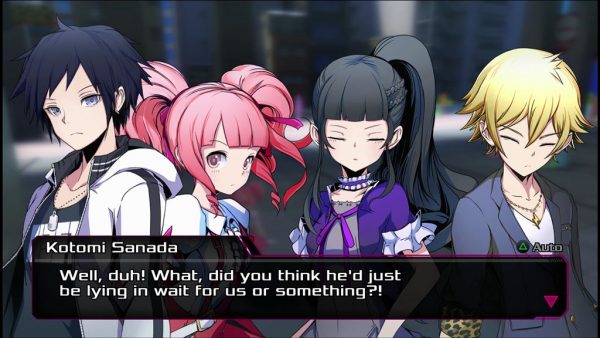Also On: PS Vita
Publisher: XSEED Games
Developer: Acquire
Medium: Digital/Vita Card/Disc
Players: 1
Online: No
ESRB: T
There’s still half the year to go, but I suspect Akiba’s Beat will end up being one of this year’s greatest gaming disappointments, at least as far as I’m concerned.
See, I loved Akiba’s Trip. It was undeniably incredibly problematic in some ways — if not outright offensive — but it was also a heck of a lot of fun. It had a clear vision of what it wanted to be, and it made it awfully easy to get sucked into its wacky world, where you had to run around the streets of Tokyo’s Akihabara district, stripping people of their clothes in order to expose the hidden vampires. (Like I said: it was more than a little problematic.) The action was smooth, the writing was surprisingly funny, and it was just a great overall package. I went into Akiba’s Beat expecting something along those same lines.
Big mistake.
Akiba’s Beat is what happens when you strip (pun not intended) every bit of fun and originality from the previous game, and replace it with something wholly forgettable. Gone are the vampires and the free-ranging battles through the streets of Akihabara; in their place, you have a story that borrows liberally from Groundhog Day — yes, the Bill Murray movie — and generic JRPG mechanics. You go from Point A to Point B, trigger a long dialogue sequence, and then go on to do the next thing. The tedium of that occasionally gets broken up by the equally tedious dungeon-crawling, which features the requisite monster encounters and resulting button-mashing battles.
While the game’s flaws are myriad — the characters aren’t interesting, nor is the story, nor are those aforementioned battles — I think you can get a pretty good sense of why Akiba’s Beat fails just by looking at the way it portrays its setting. I know literally nothing about Akihabara beyond what was featured in Akiba’s Trip and Akiba’s Beat. Based on that limited knowledge, however, I came away with two very different impressions. After Akiba’s Trip, I was impressed by how colourful and interesting and varied the neighbourhood seemed. After Akiba’s Beat, by contrast, I felt like I’d just been running through the same indistinct streets for hours upon end. It didn’t help matters that, rather than making all the other people look like people, Akiba’s Beat portrays bystanders as solid colours. However easier that makes it to tell important characters and NPCs apart, it just adds to the impression that you’re running through Generic Tokyo Street #613857.
Of course, it may just be that the game’s biggest problem comes from its concept. After all, you’re running through the streets of Akihabara, doing the same thing day after day as you try and solve the various mysteries that are causing you to live the same day over and over again. While pretty much every game is built around some degree of repetition, here that repetition is baked into the game’s core and underlined repeatedly.
In retrospect, that Akiba’s Beat was going to be a bland mass of forgetability should’ve been obvious from just the name. Akiba’s Trip doubled a not-too-subtle reference to what you were doing in the game: “Akiba strip.” Akiba’s Beat does nothing of the sort, and has only a tenuous connection to a not-that-interesting battle mechanic. It’s a clear sign of how little this game has to say, and it should’ve served as a warning that anyone hoping for Akiba’s Trip to have an equally bonkers sequel shouldn’t bother looking here.



